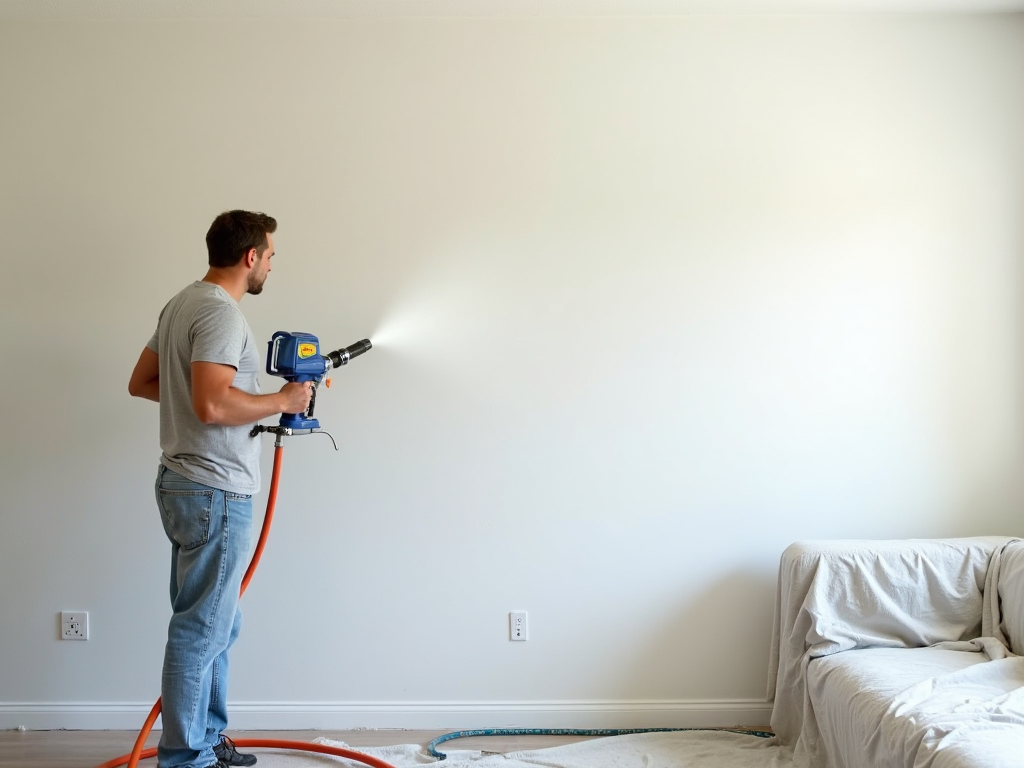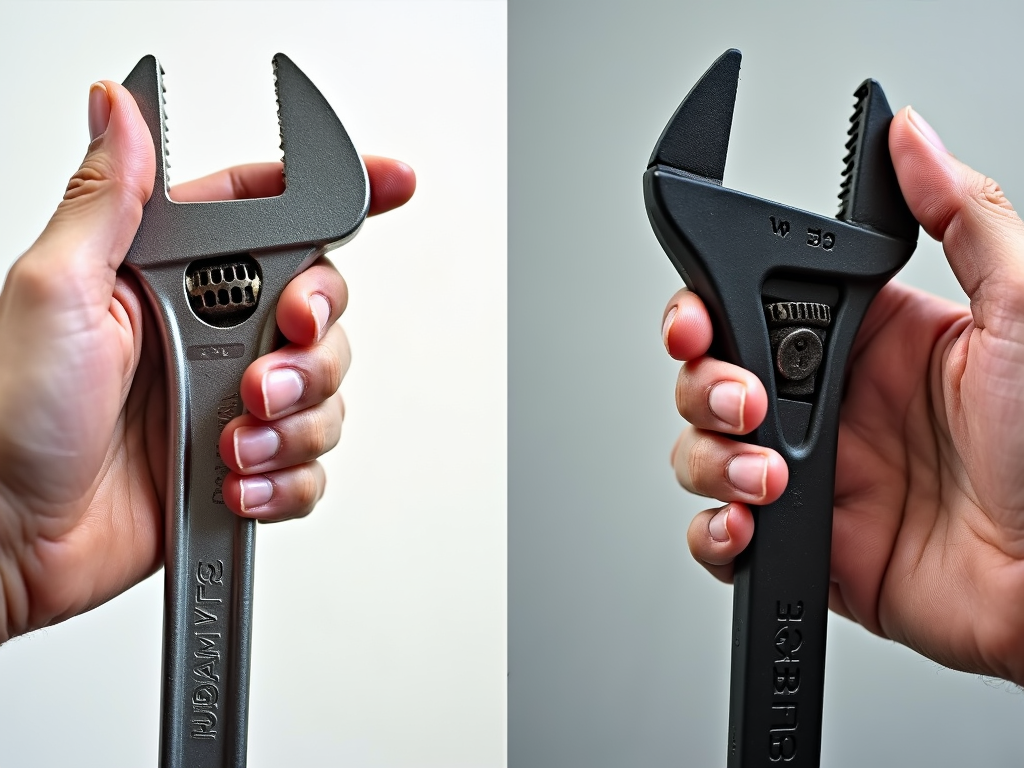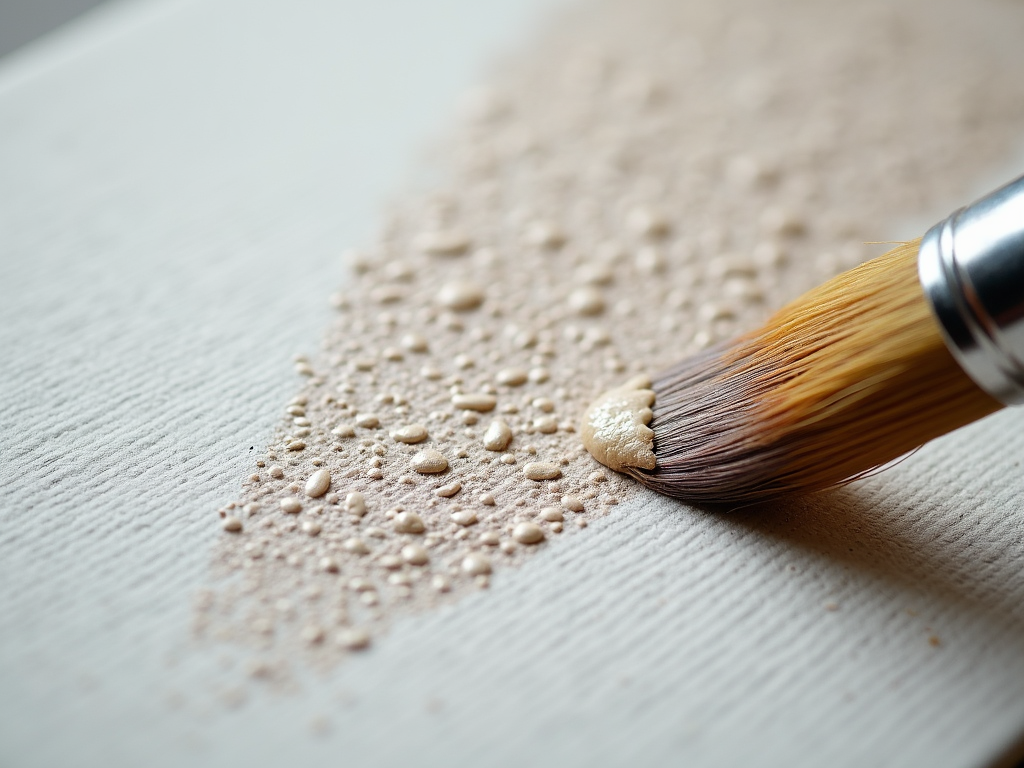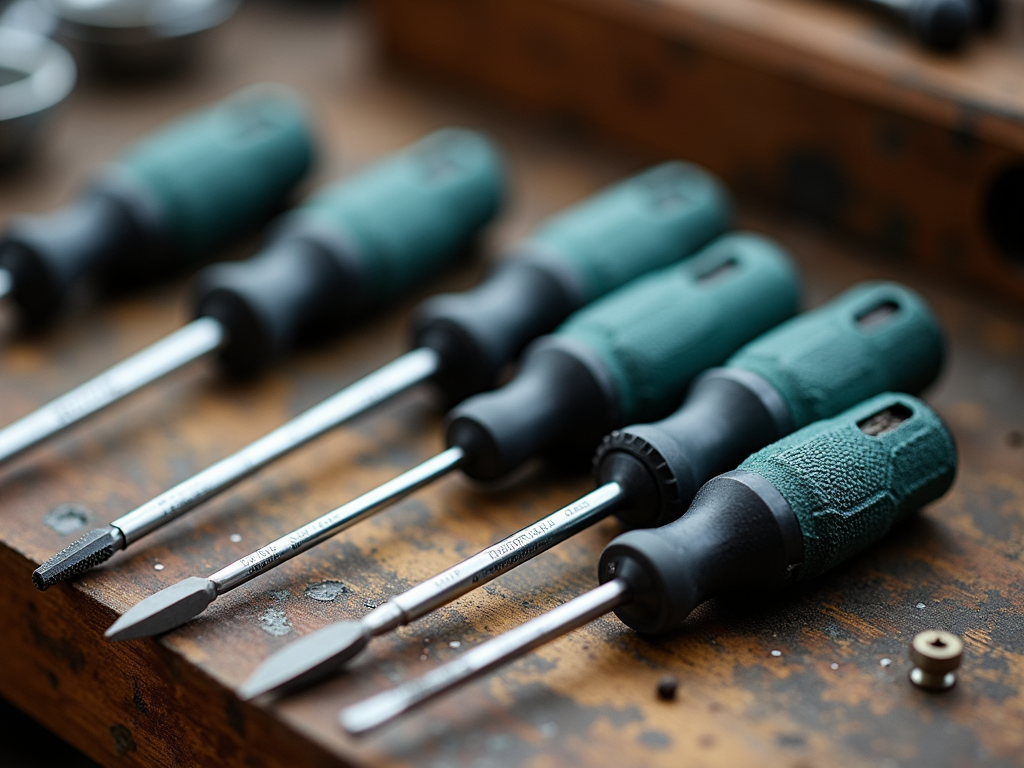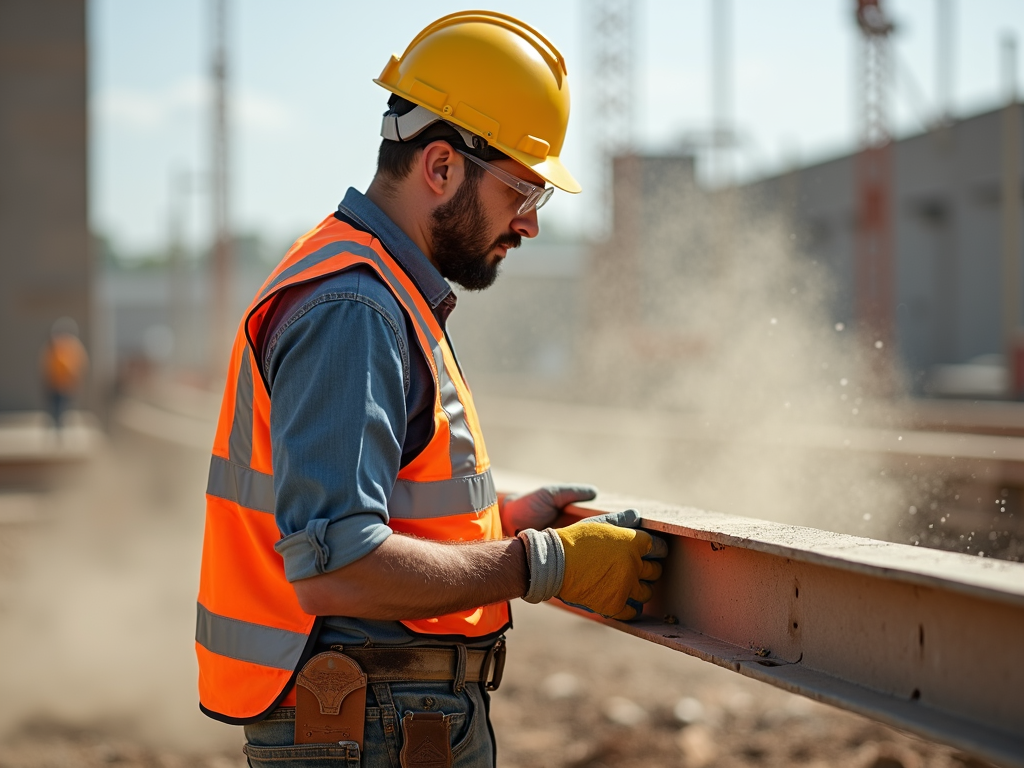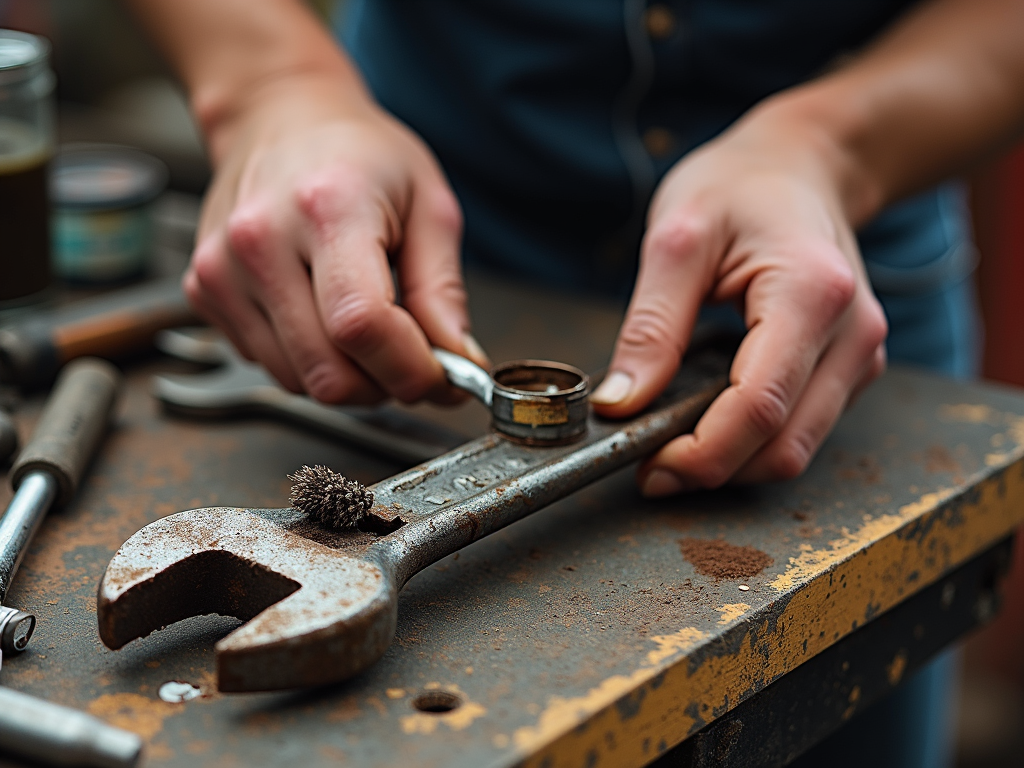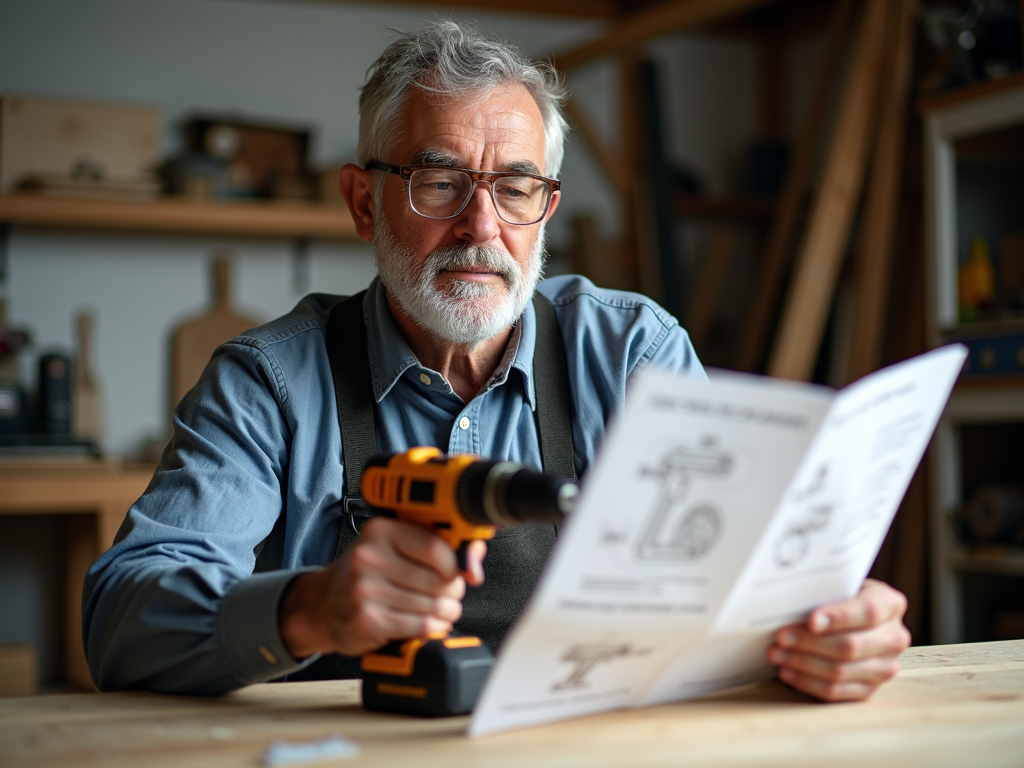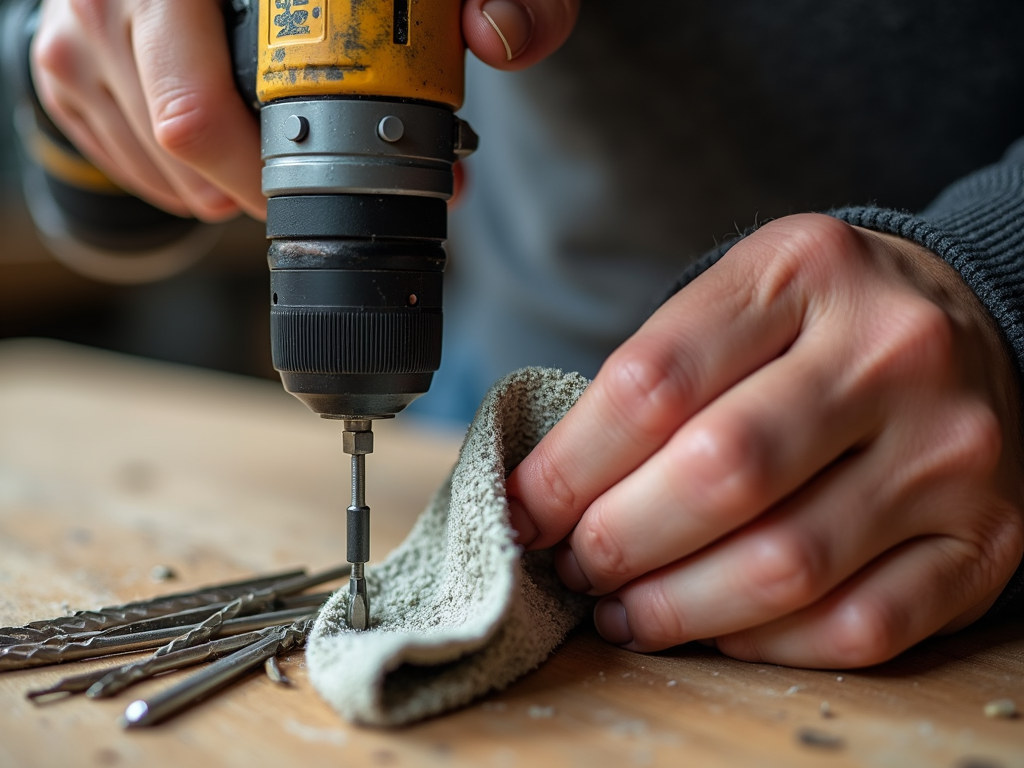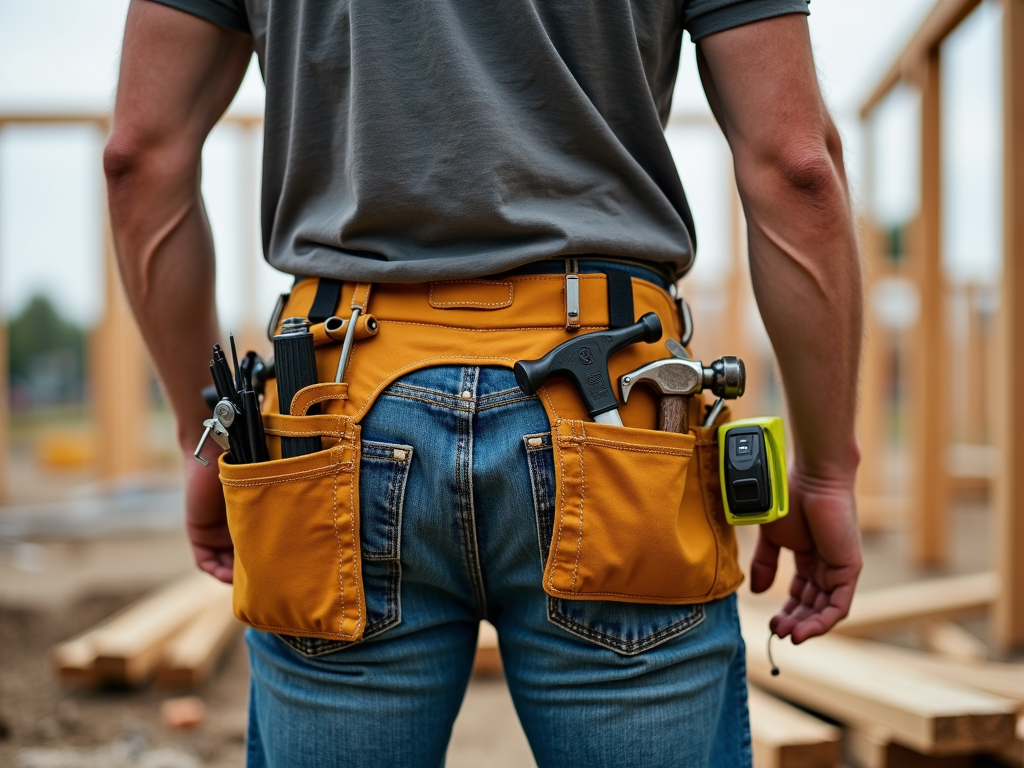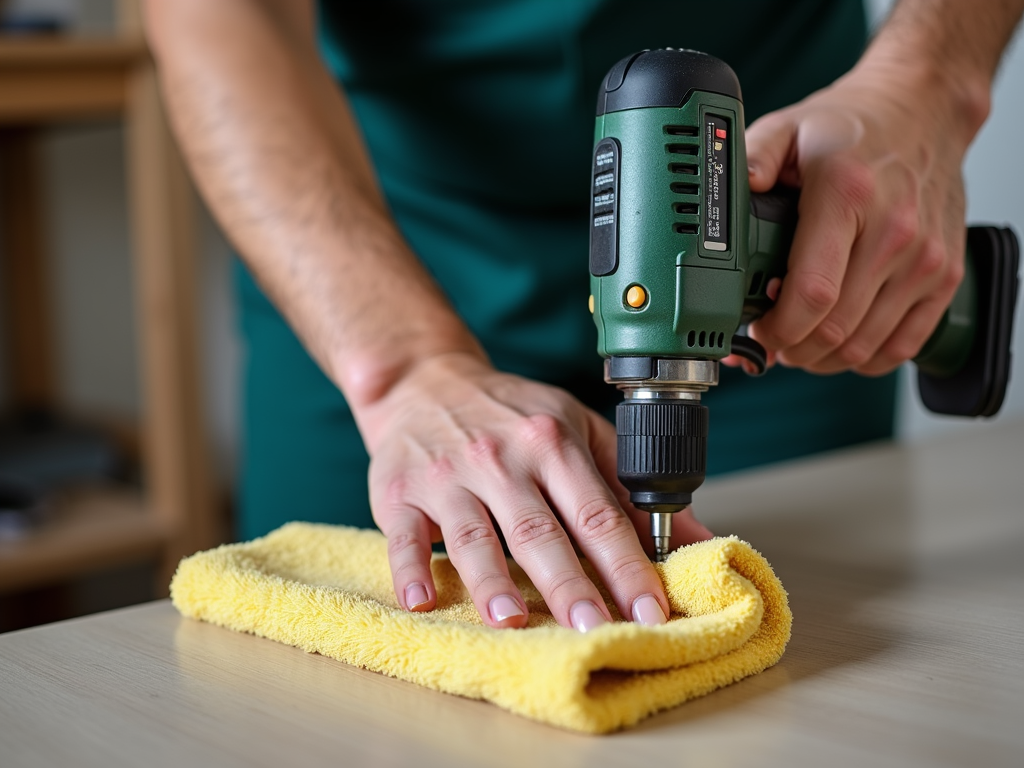Overview
Every painter needs the right tools to get the job done well. Whether you’re a pro or just starting out, a solid toolkit makes painting easier, safer, and more precise. This article dives into the must-have tools in a painter’s toolkit, with tips to help you work smarter.
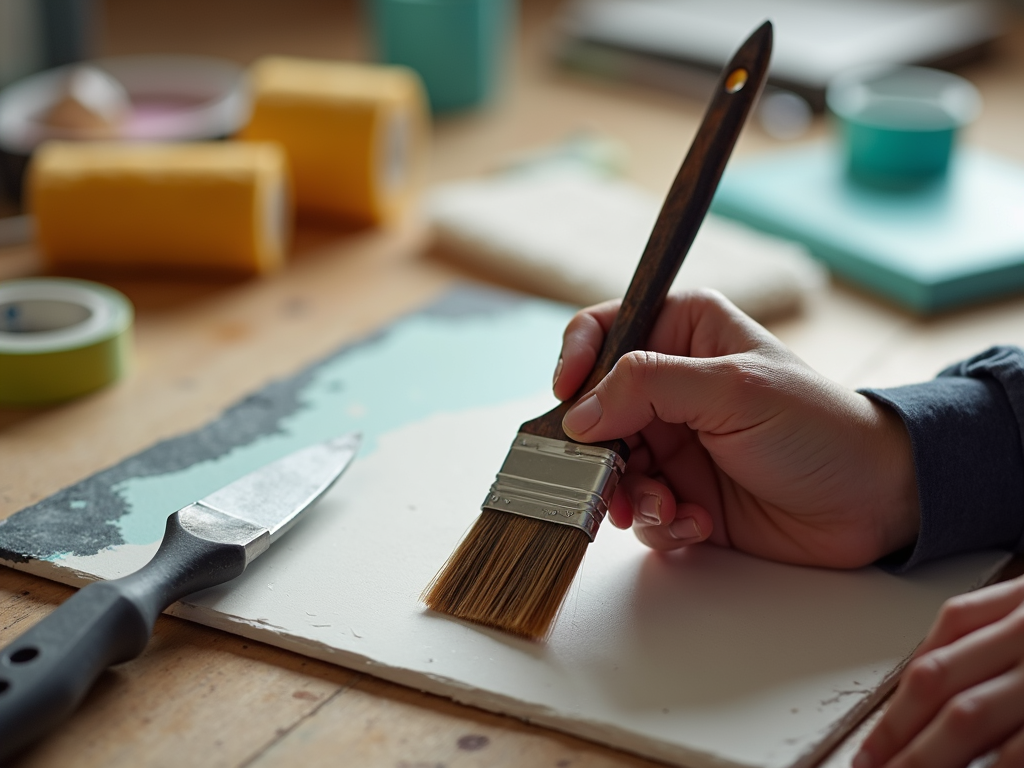
1. Paintbrushes
Paintbrushes are the heart of any painter’s toolkit. They come in all shapes and sizes for different jobs. Angled brushes are great for edges, while flat ones cover big areas fast. I’ve found that spending a bit more on good brushes makes the paint go on smoother. Use natural bristles for oil-based paints and synthetic ones for water-based.
2. Rollers and Roller Covers
Rollers save time on large surfaces like walls. Big rollers tackle wide spaces, and small ones fit tight spots. The cover matters too—smooth ones for flat walls, thicker ones for bumpy surfaces. I always keep extra covers handy since they can get gunky fast.
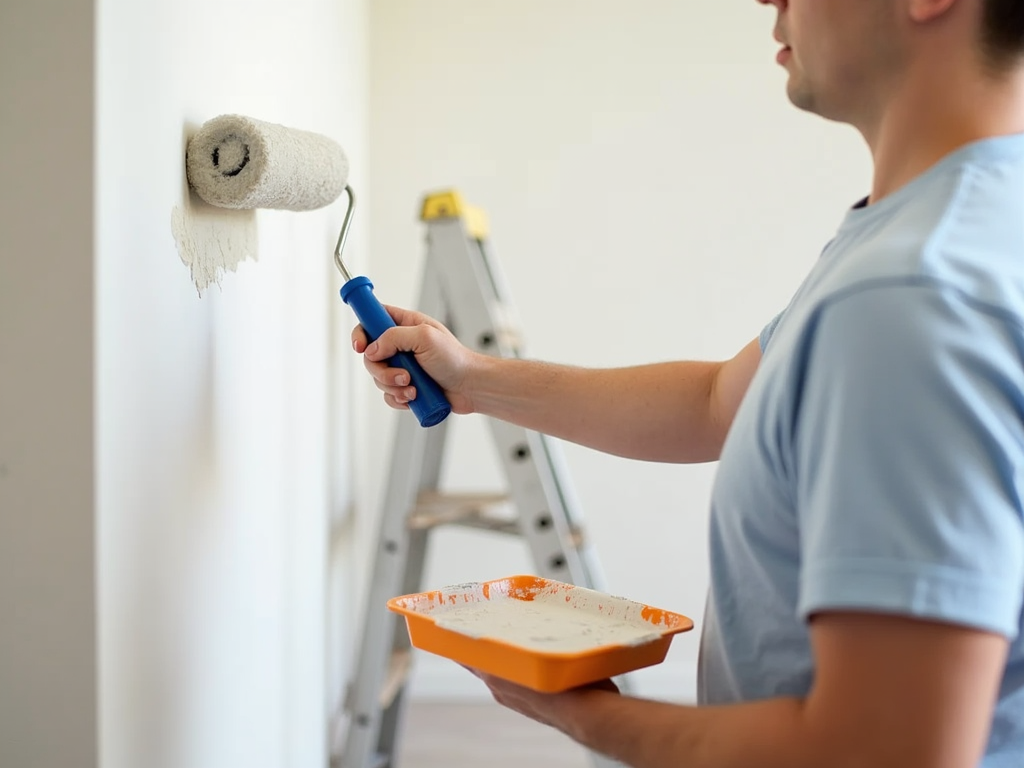
3. Paint Trays and Liners
Paint trays hold your paint while you roll. A 9-inch tray works for most projects. I love using disposable liners—they make cleanup a breeze. Just toss the liner when you’re done, especially if you’re switching colors mid-job.
4. Drop Cloths
Drop cloths keep your space clean. Canvas ones are tough and soak up spills, so you don’t track paint everywhere. Plastic sheets work for big areas, but they’re slippery. I’ve learned the hard way—invest in canvas for less mess.

5. Painter’s Tape
Painter’s tape gives you crisp, clean lines. It’s perfect for shielding trim or windows. Unlike regular tape, it peels off without sticking or ruining things. Press it down tight to stop paint from sneaking under—I’ve ruined edges by skipping this step.
6. Scrapers and Putty Knives
Good painting starts with prep. Scrapers strip off old paint, and putty knives fill holes with spackle. I keep a few sizes around—small ones for cracks, bigger ones for patches. It’s simple, but it makes the finish look pro.
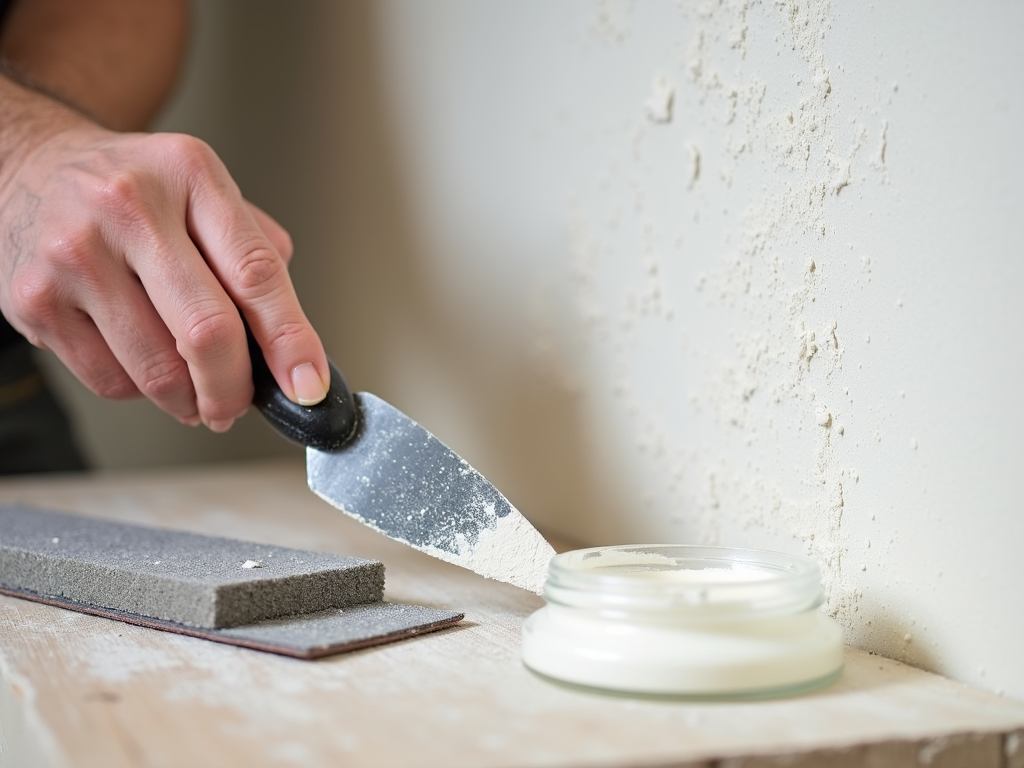
7. Sandpaper and Sanding Blocks
Sanding smooths things out so paint sticks better. Use rough sandpaper to scrape off old layers and fine stuff to polish between coats. I always sand wood with the grain—going against it scratches the surface.
8. Extension Poles
Extension poles let you paint high spots without a ladder. Attach them to rollers or brushes for ceilings and tall walls. Adjustable ones are my favorite—you can tweak the length as needed. They’ve saved me from shaky ladder climbs more than once.
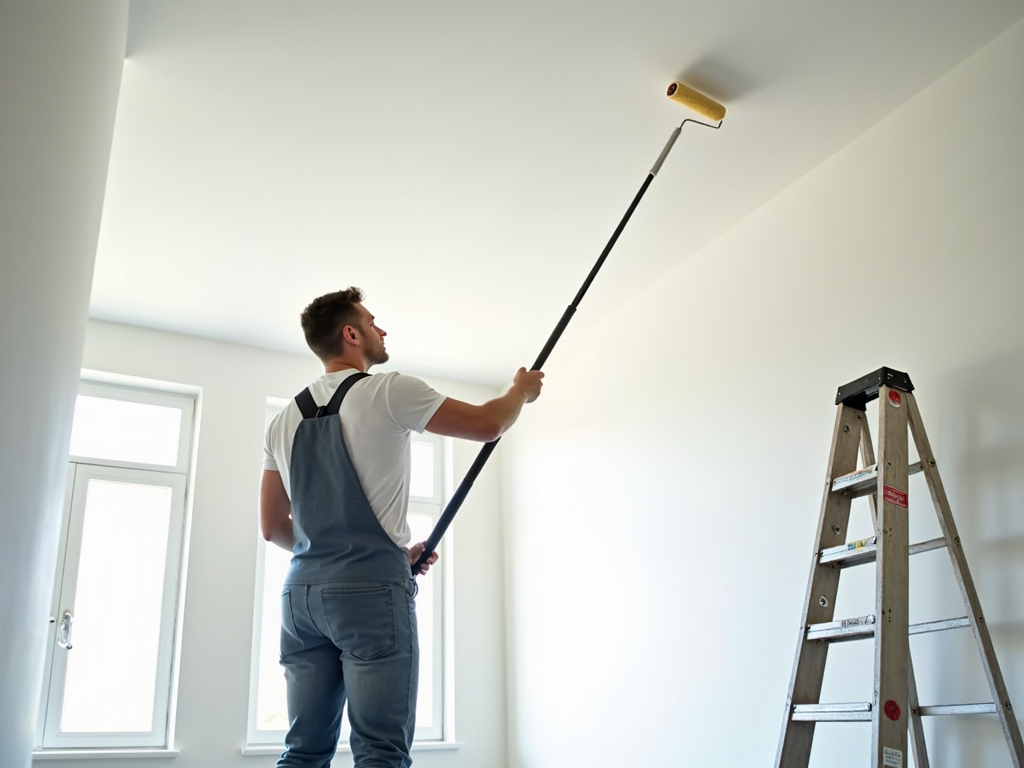
9. Paint Sprayers
Paint sprayers shine on big jobs or tricky pieces like furniture. They coat fast and even, but they take practice. I learned to mask everything well—overspray gets everywhere. Ventilation is key too, especially indoors.
10. Safety Gear
Safety comes first. Goggles keep paint out of your eyes, gloves protect your hands, and a mask stops you from breathing fumes. I wear an old smock too—paint stains are no joke. Skipping this stuff isn’t worth the risk.

Choosing the Right Tools: A Quick Guide
Here’s a simple table to help you pick the best painting tools for your project:
| Tool | Best For | Tip |
|------------------|---------------------------|-----------------------------|
| Paintbrush | Edges, small areas | Go for quality bristles |
| Roller | Walls, large surfaces | Match cover to texture |
| Paint Sprayer | Big projects, furniture | Practice first, mask well |
| Painter’s Tape | Clean lines | Press edges down firmly |
Why These Tools Matter
These workman tools aren’t just extras—they’re essentials. A good brush cuts your work time, a solid roller evens out your finish, and safety gear keeps you healthy. I’ve painted without some of these before, and the results were sloppy. Trust me, the right setup pays off.
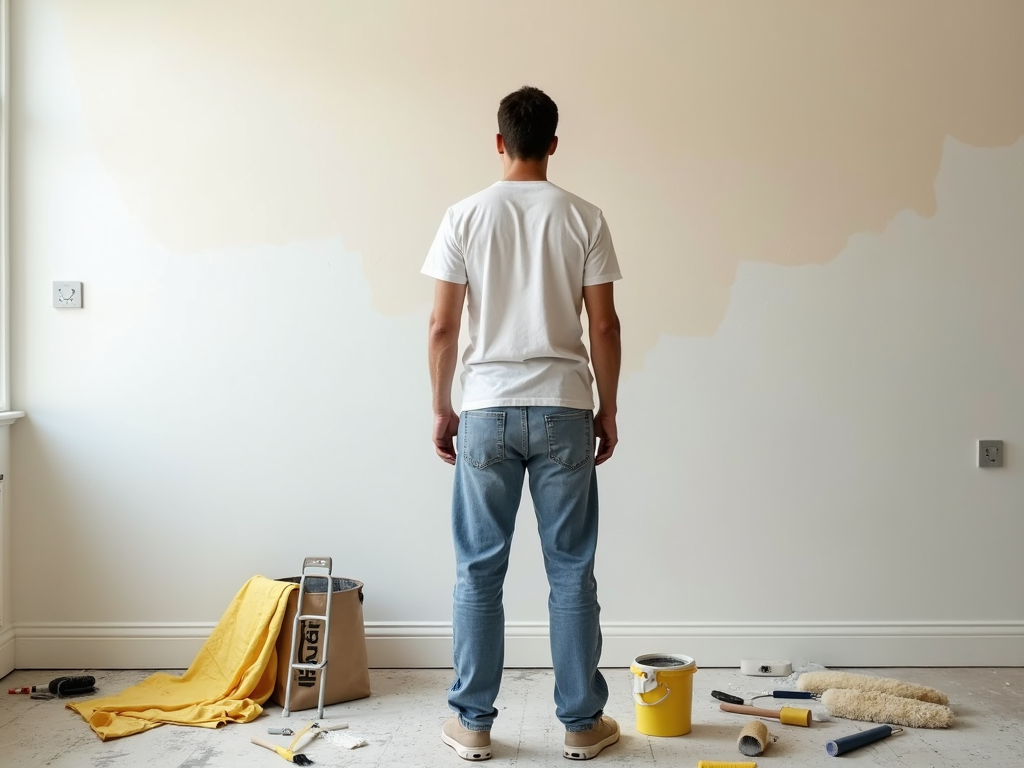
Tips From Experience
Here are a few tricks I’ve picked up: Clean brushes right after using them—dried paint ruins them. Stir paint well before starting; it blends better. And don’t rush prep—sanding and taping take time but save headaches later. Little habits like these make a big difference.
Summary
A painter’s toolkit isn’t complete without these must-have tools. Brushes, rollers, tape, and more turn a tough job into a smooth one. With the right painting tools and a little know-how, you’ll get great results every time. Want to dig deeper? Check out the recommended readings below.
Related must-have tools in a painter's toolkit:
- The Benefits of Using Paint Sprayers: A Must-Have Tool for Every Painter
- How Ergonomic Tools Boost Productivity: A Comprehensive Guide
- Master Your Brush: Top Painting Techniques to Try
- Best Practices for Selecting Automotive Tools
- Workman Safety Tips: Maintaining Comfort and Health
- The Ultimate Guide to Maintaining Your Tools for Long-Lasting Use
- How to Extend the Life of Your Power Tools
- The Ultimate Guide to Workshop Equipment Maintenance
- DIY Maintenance Insider Hacks: Keep Your Workshop Equipment in Top Shape
- How to Sharpen Your Chisels
- Tool Belts with Customizable Pockets: The Ultimate Guide for Workmen
- Picking the Right Drill for Your Needs: A Beginner's Guide
